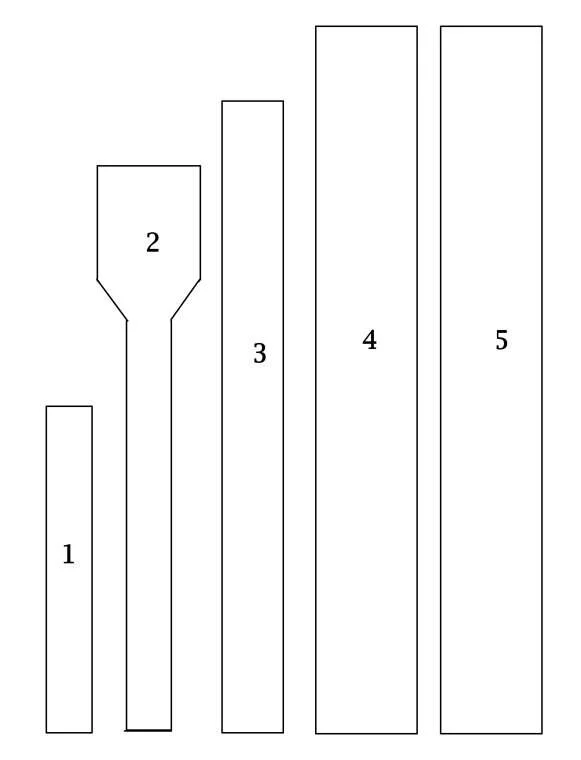This article will serve as an introduction to Obi, with following articles providing details around each type. The vast majority of kimono obi produced in Japan today comes from a district in Kyoto known as Nishijin. Nishijin has been the centre of the Japanese textile industry since the 15th century. Nishijin is renowned for its brocade, twill and gauze production. In the late 1800’s, jacquard loom was introduced to replace draw loom. The high quality brocade produced by the Nishijin artisans is known as ‘nishiki’, which literally means ‘beautiful colour combination’. Nishiki is characterised by the lavish use of gold and silver threads to make patterns of flowers, birds and traditional geometric designs. Another style of kimono obi produced in Nishijin is ‘tsuzure’ or tapestry. Both brocade and tapestry obis are the most ornate and expensive of all obis.
Kimono Obi 1: Tsuke Obi
Tsuke obi are more commonly known as pre-tied obi. They are fairly easy to put on, and do not require much skill or knowledge beyond how to tie your shoes. These kinds of obi are generally regarded as informal. When wearing them you still should consider the presence of wearing an obijime, obi-ita and obiage. Tsuke obi are commonly worn with informal kinds of traditional Japanese kimono such as yukata, and casual kimono such as edo komon.
Kimono Obi 2: Nagoya Obi
The most convenient kimono obi today is the nagoya obi. First produced in the city of Nagoya at the end of the Taisho era (1912-26), the Nagoya obi is lighter and simpler than the fukuro or maru obi. The nagoya obi is characterised by a portion of the obi being pre-folded and stitched in half. The narrow part wraps around the waist, while the wider part forms the bow of the obi tie. When worn, a nagoya obi is tied with a single fold, while a maru or a fukuro obi, being longer, is tied with a double fold. Most nagoya obi is less expensive a maru or fukuro obi. Nonetheless, its design can be stunning.
Kimono Obi 3: Hanhaba Obi
The hanhaba obi is thus termed, as it has half the width of other obis. The hanhaba obi is a casual obi for wear at home, under a haori (kimono coat), with children’s kimono or with summer yukata. The fabric and design of the hanhaba obi are simpler to reflect its use for daily wear. Some of the more ornate hanhaba obi is made from a former maru obi. Children’s hanhaba obi is often in very bright colours. It is often made with stencilling technique, rather than an elaborate embroidery or weaving.
Kimono Obi 4: Fukuro Obi
Fukuro and Maru obi are considered formal women's attire. These kinds of obi are most commonly paired with the likes of formal Japanese kimono such as kurotomesode and furisode. Various different obi types all have their own formalities. Fukuro and maru obi are typically made of a sumptuous and luxurious brocade. The presence of gold and silver in the obi designs further raise the formality. Most bridal obi are fukuro or maru obi.
Kimono Obi 5: Maru Obi
The maru obi is the most formal kimono obi, with both sides fully patterned along its length. The classic maru obi measures 33cm wide. Maru obi with narrower width can be custom made for a petite client. The maru obi is usually made of elaborately patterned brocade or tapestry, which is often richly decorated with gold threads. It was most popular during the Meiji and Taisho eras.




















